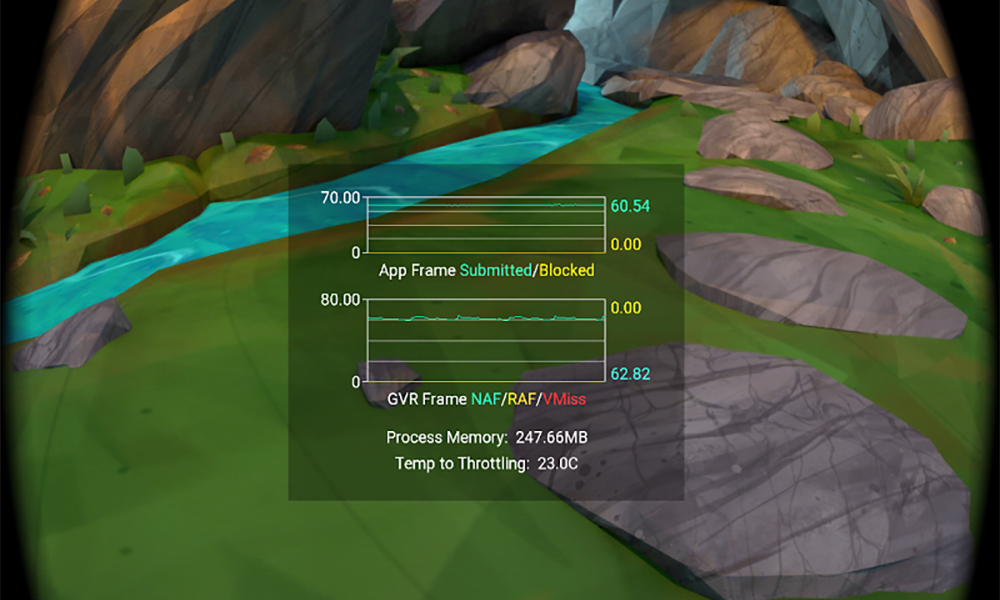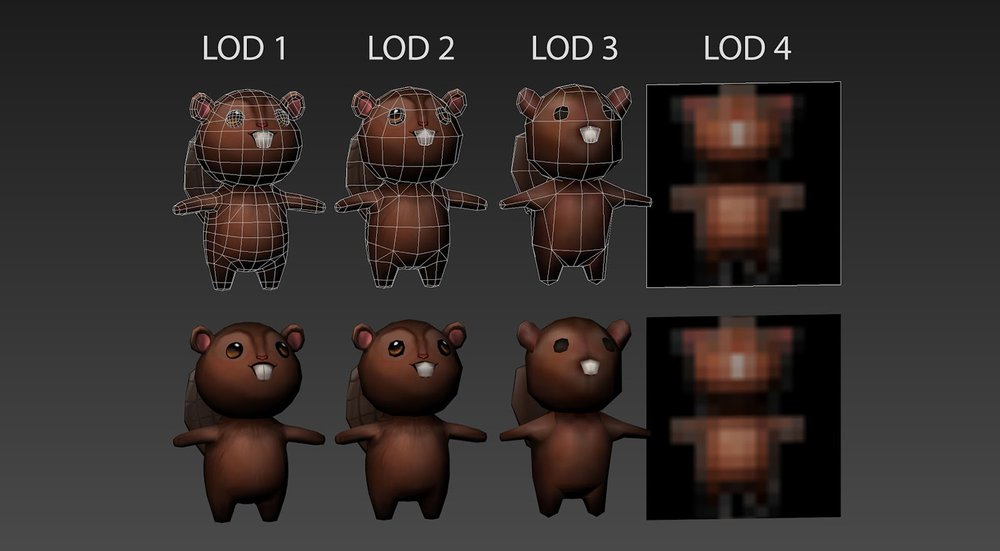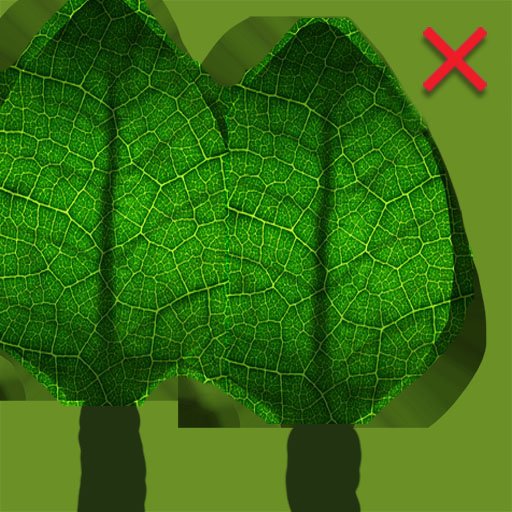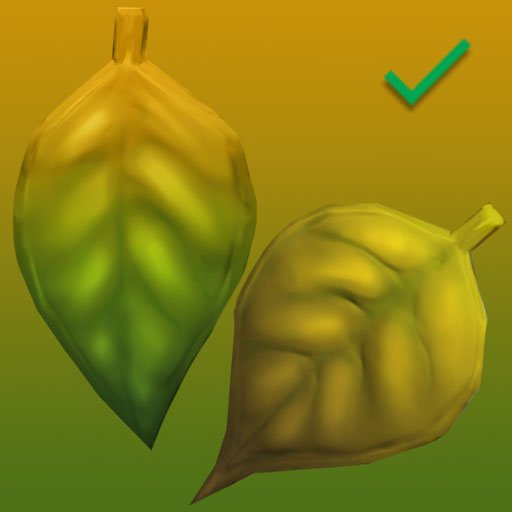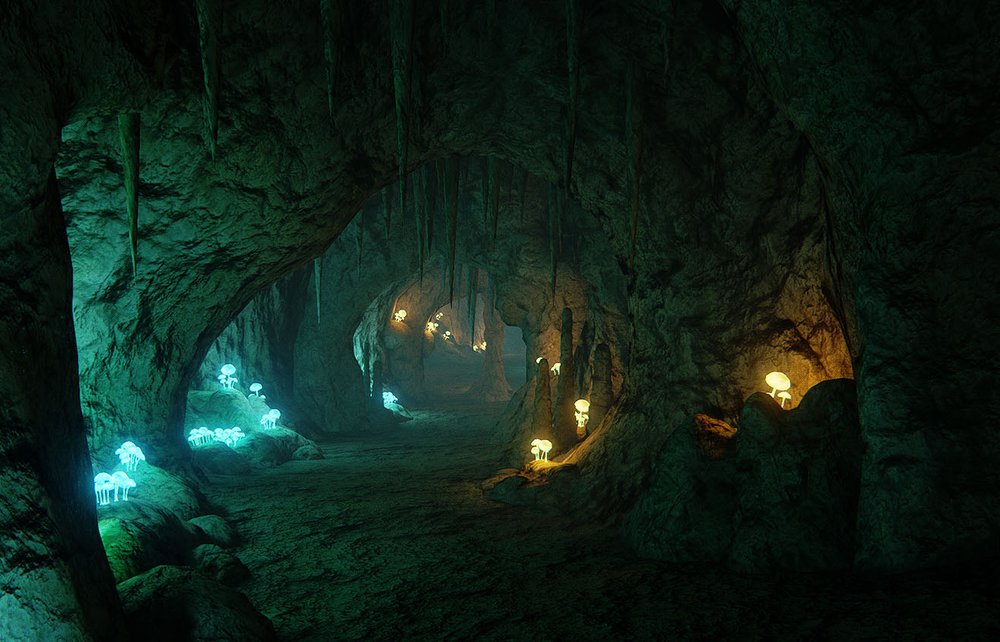In line with previous tips we shared about creating art assets for VR, we’ve put together a few specific techniques for VR artists to get the most out of polygons and UV space.
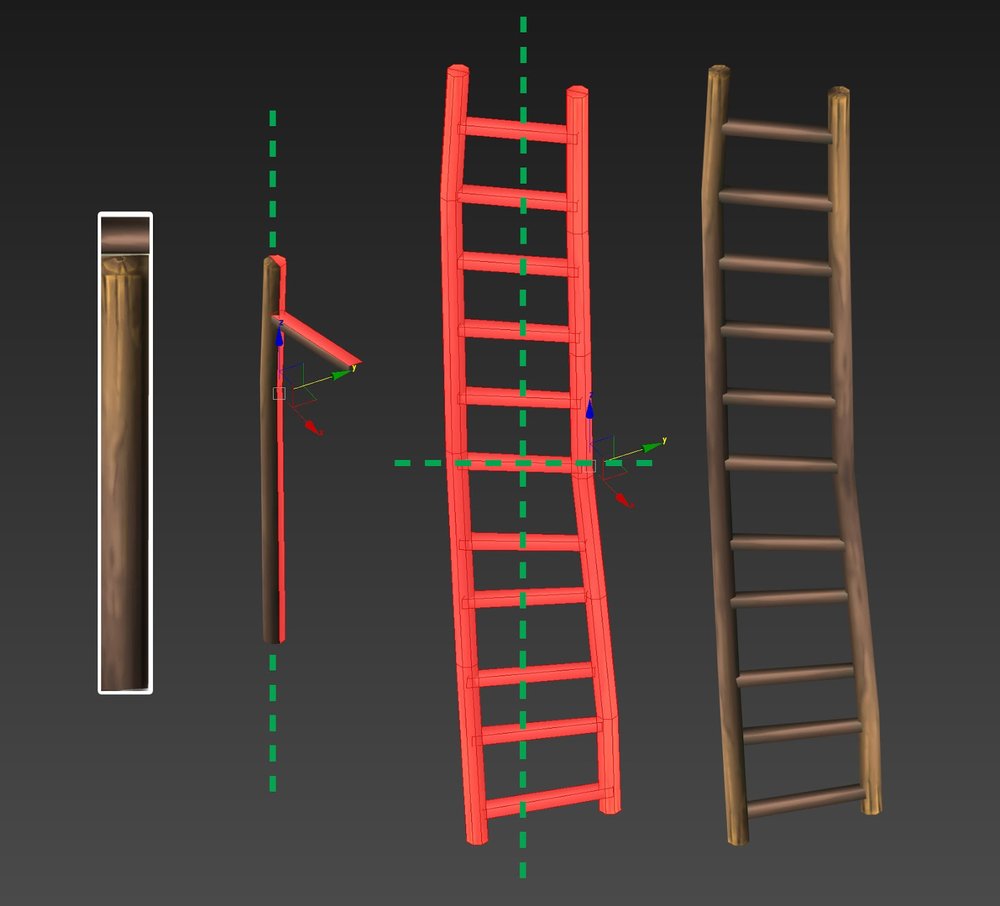
Use more polygons: While keeping the poly count low is important, texture and pixel resolution is more valuable. Plan ahead when designing an asset to account for the fact that you may need to add more polygons or model an asset in a less polygonally-optimized way, because doing so will increase resolution and result in a more detailed and overall optimized asset. On the left is a 13k poly model which was intended to be 6” tall in VR. When the user approached the model, it became pixelated and didn’t look good. Instead of using large sheets of UV space, the model on the right was built with more careful polygon placement. It’s a 9k poly with a higher resolution of textures that holds up to close inspection in VR.
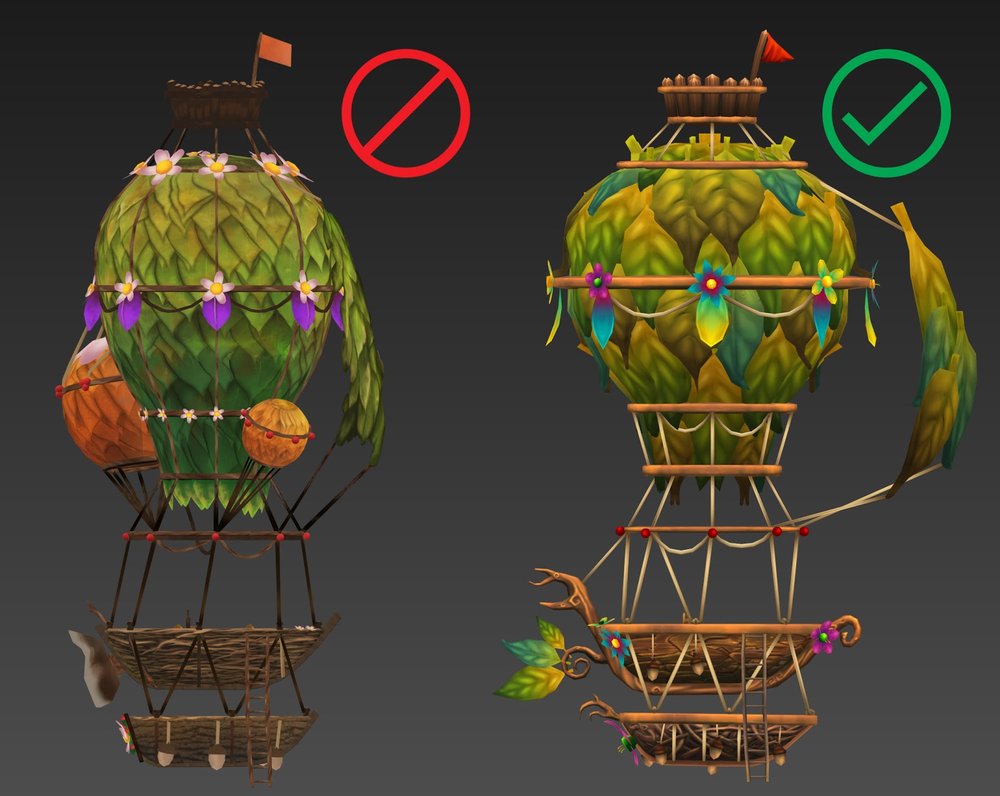
Maximize that UV space: Strive for higher resolution by making larger UV spaces to achieve a higher resolution per asset. Because almost every asset has a unique UV space, the image on the left uses the large green leaf area for the entire balloon, which looks pixelated at close distances in VR. By making larger and higher resolution UV spaces and duplicating the geometry instead of relying on unique UV sections, the final asset on the right looks sharper when viewed up close.
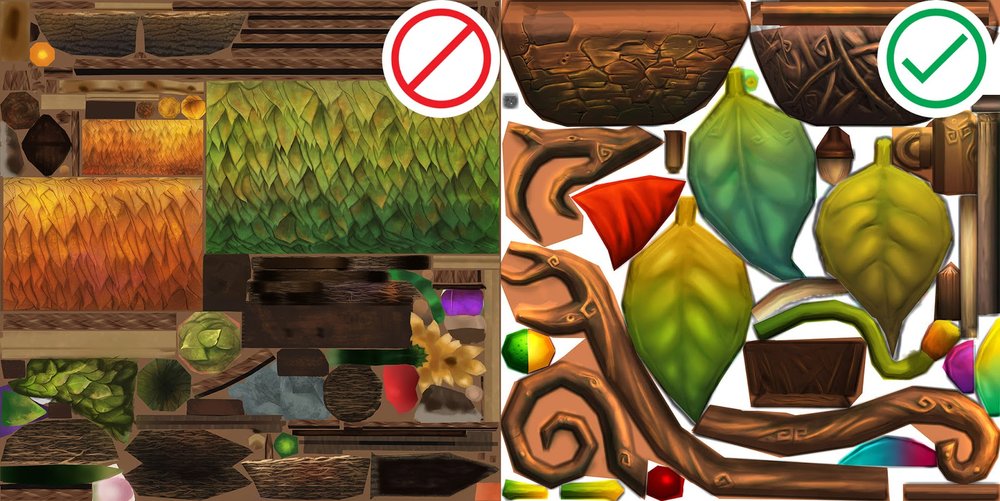
Use geometry to make something unique, not textures: One drawback with reusing UV space is that things can look repetitive. To make areas of your asset look more unique, use geometry to add a new color splash or add a few edge loops to bend or scale a duplicated asset into a different silhouette.
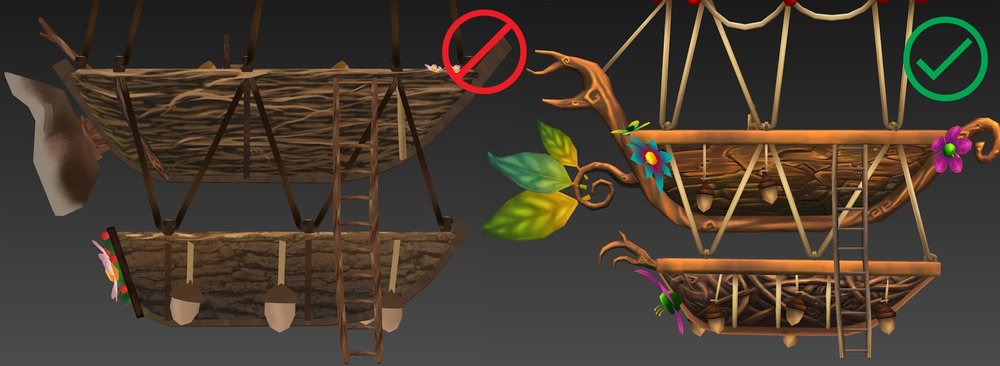
Plan ahead when creating assets, so they can be reused and combined with other assets: A good workflow in the tight constraints of VR is to build the individual parts of a final asset and then assemble them. Always be considering whether or not that next unique part is needed at the cost of an overall smaller UV layout, thus less lower resolution per asset. The entire final asset on the left was built with the parts on the right.
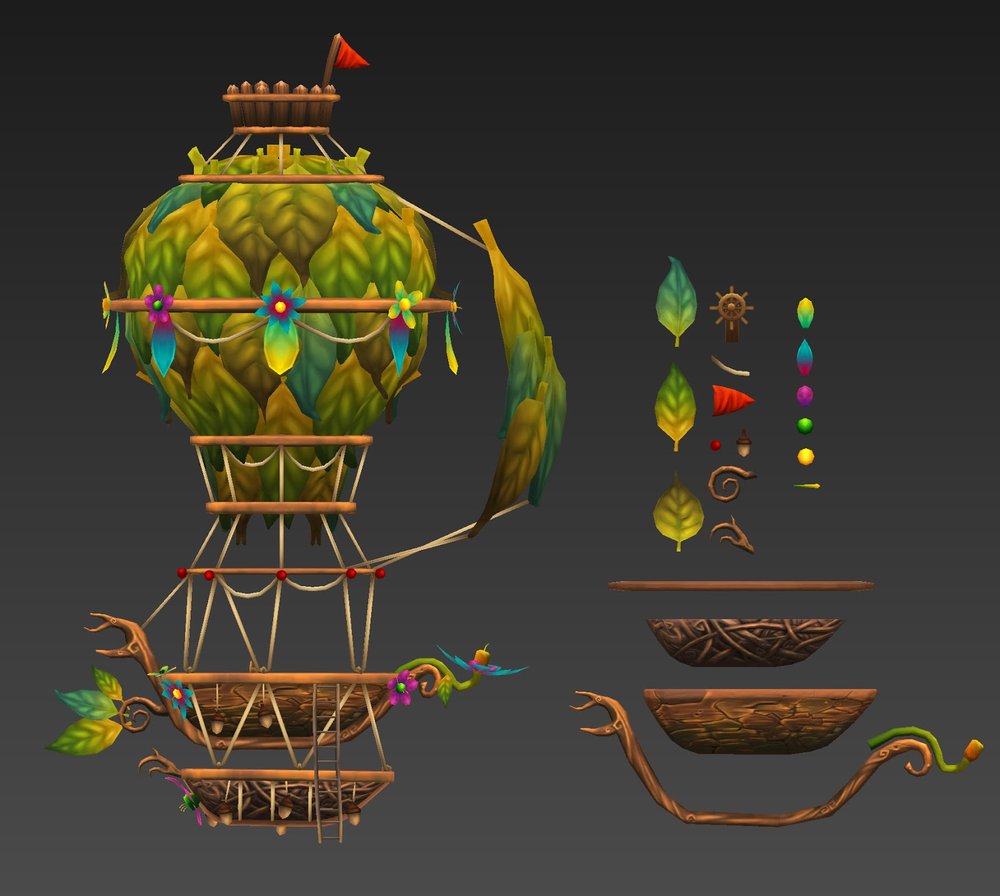
Hopefully, these tips will be useful as you create and optimize your assets for VR. What are some of your favorite tips and tricks? Let’s get a conversation going; use #VRArtTips to share.
